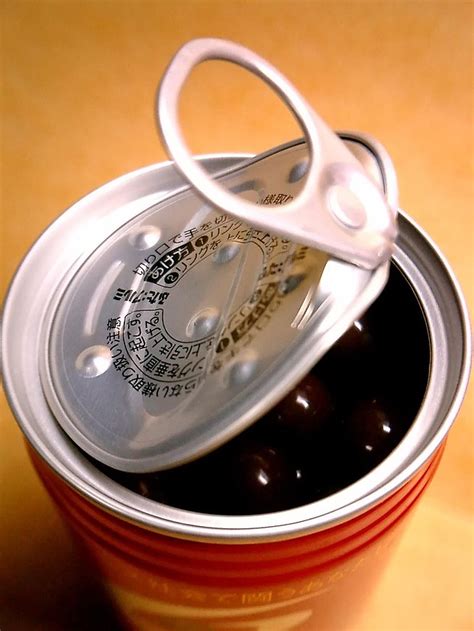How to achieve an irritation-free shave for peak performance and sharp appearance?
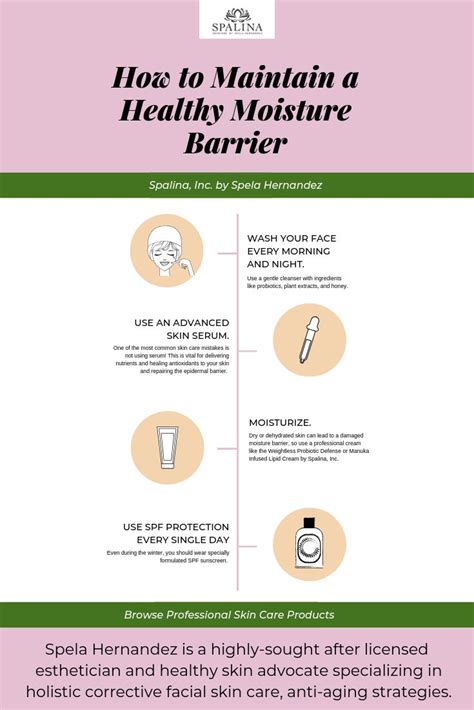
Why an Irritation-Free Shave Matters
For many, shaving is a daily ritual, but it often comes with the unwelcome side effects of razor burn, ingrown hairs, and general skin irritation. These issues not only detract from a clean, sharp appearance but can also impact your comfort and confidence throughout the day. An irritation-free shave, however, can transform this routine from a chore into a refreshing start, leaving your skin smooth, healthy, and ready for whatever the day brings. It’s not just about looking good; it’s about feeling good and presenting your best self.
Preparation is Key
The foundation of a great shave begins long before the blade touches your skin. Proper preparation softens the hair and opens the pores, making the hair easier to cut and reducing drag on the skin.
- Warm Water Immersion: Start by shaving after a hot shower or by applying a warm, damp towel to your face for a few minutes. This softens your beard and opens up your pores.
- Exfoliate Gently: A mild facial scrub can help remove dead skin cells and lift ingrown hairs, ensuring a smoother path for the razor. Do this a few times a week, not necessarily every day.
- Pre-Shave Oil: Apply a few drops of pre-shave oil. This creates a protective barrier between your skin and the blade, allowing the razor to glide more smoothly and reducing friction.

The Right Tools Make All the Difference
Investing in quality tools is non-negotiable for an irritation-free shave. A dull blade or subpar shaving cream can undo all your preparation efforts.
- Sharp Razor Blade: This is paramount. A dull blade tugs at hair, causing irritation and razor burn. Replace your blades frequently – after every 5-7 shaves for cartridges, or every 1-3 shaves for double-edge safety razors.
- Quality Shave Cream or Soap: Opt for a rich, hydrating shave cream or soap that creates a thick, lubricating lather. Avoid aerosol foams that can dry out your skin. Look for ingredients like glycerin, shea butter, or aloe vera.
- Shaving Brush (Optional but Recommended): A good badger or synthetic brush helps to create a richer lather and lift beard hairs, ensuring they are coated properly and ready for cutting.
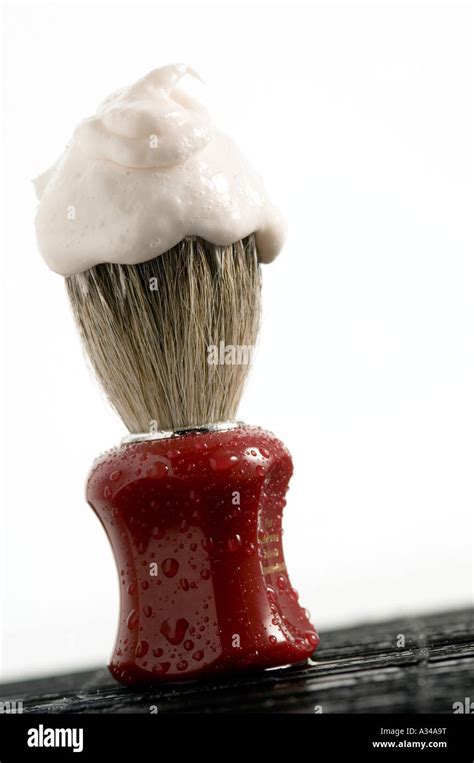
Mastering Your Shaving Technique
Technique is where most shaving mishaps occur. A few simple adjustments can significantly reduce irritation.
- Shave with the Grain First: Always start by shaving in the direction your hair grows. This is the least irritating pass. For some, this might be enough for a clean shave.
- Light Pressure: Let the weight of the razor do the work. Pressing too hard is a common cause of nicks, cuts, and irritation.
- Rinse Blade Frequently: Rinse your razor under hot water after every couple of strokes to prevent clogging and ensure a clean cut.
- Second Pass (Optional): If you desire a closer shave, re-lather and make a second pass across the grain (perpendicular to hair growth). Avoid shaving against the grain unless your skin is extremely tolerant, as this significantly increases the risk of irritation and ingrown hairs.

Post-Shave Care for Soothed Skin
Your shave isn’t complete until you’ve properly cared for your skin afterward. This step helps to close pores, soothe irritation, and prevent dryness.
- Rinse with Cold Water: Splash your face with cold water to close your pores and remove any residual lather or loose hairs.
- Apply Aftershave Balm: Choose an alcohol-free aftershave balm or lotion. Alcohol-based products can dry out and irritate freshly shaved skin. Look for soothing ingredients like aloe vera, witch hazel, or chamomile.
- Moisturize: Follow up with a good facial moisturizer, especially if your aftershave balm isn’t deeply hydrating. This keeps your skin supple and prevents flakiness.
- Clean and Dry Your Razor: Rinse your razor thoroughly and allow it to air dry to prevent rust and bacterial growth, extending its life and hygiene.
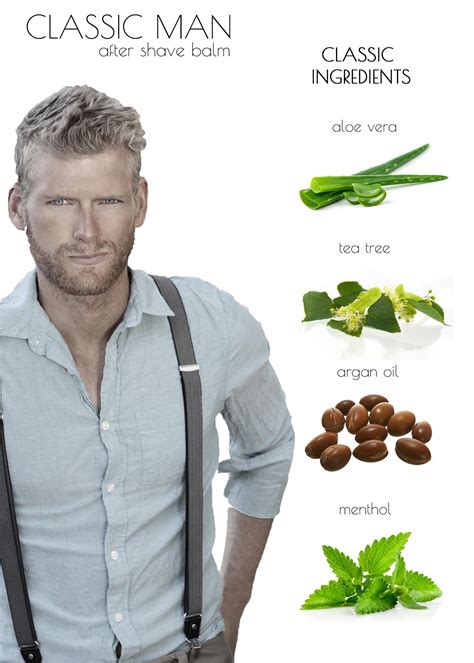
Common Pitfalls to Avoid
Knowing what not to do is just as important as knowing what to do for an irritation-free shave.
- Using Dull Blades: As mentioned, this is the cardinal sin of shaving. Replace your blades often!
- Dry Shaving: Never shave without proper lubrication. This is a surefire way to cause severe irritation and razor burn.
- Pressing Too Hard: More pressure doesn’t mean a closer shave; it just means more irritation.
- Shaving Against the Grain Immediately: Always start with the grain. If you need a closer shave, do a second pass across the grain, but only if your skin can tolerate it.
- Ignoring Your Skin Type: Pay attention to how your skin reacts. If a product or technique causes irritation, adjust accordingly.
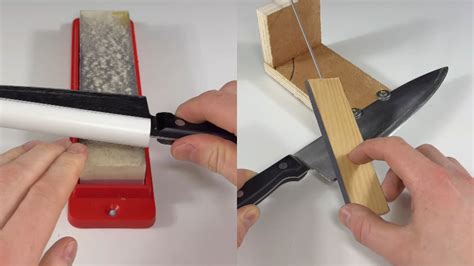
Conclusion
Achieving an irritation-free shave is an art that combines preparation, the right tools, proper technique, and diligent post-shave care. By integrating these practices into your grooming routine, you can eliminate common shaving woes and consistently achieve a smooth, comfortable shave that leaves you looking sharp and feeling confident. Embrace these steps, be patient with yourself, and enjoy the benefits of healthy, well-groomed skin.








